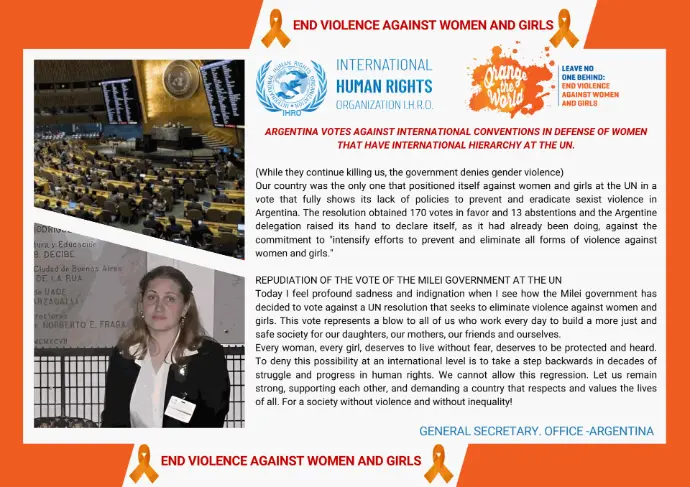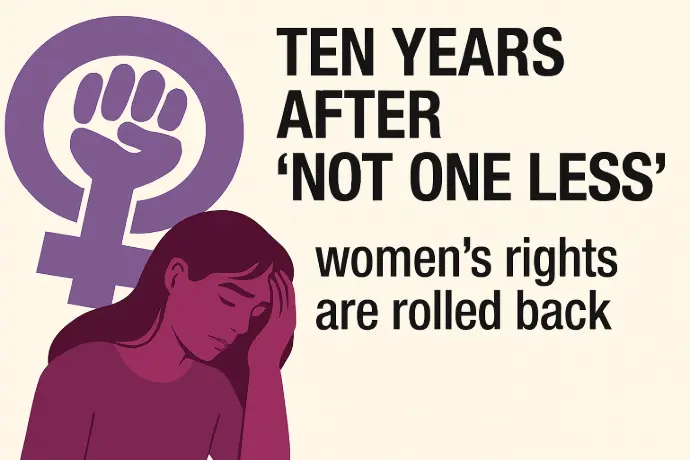ACT to End Violence against Women
1 in 3
1 in 3 women globally have been subjected to physical or sexual violence at least once in their life.
86%
86% of women and girls are living in countries without robust legal protection from violence and discrimination.
5%
Only 5% of official development assistance on GBV, on average, is being allocated to civil society organizations in developing countries.
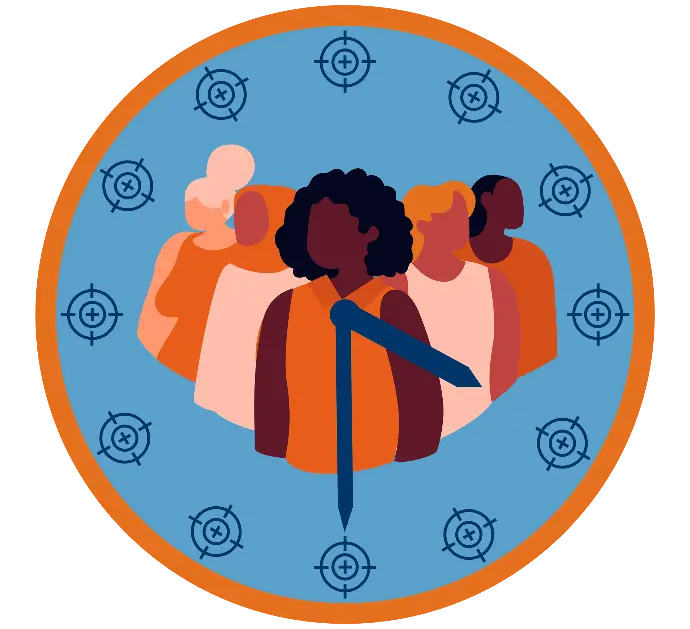
5
More than 5 women or girls are killed every hour by someone in their family
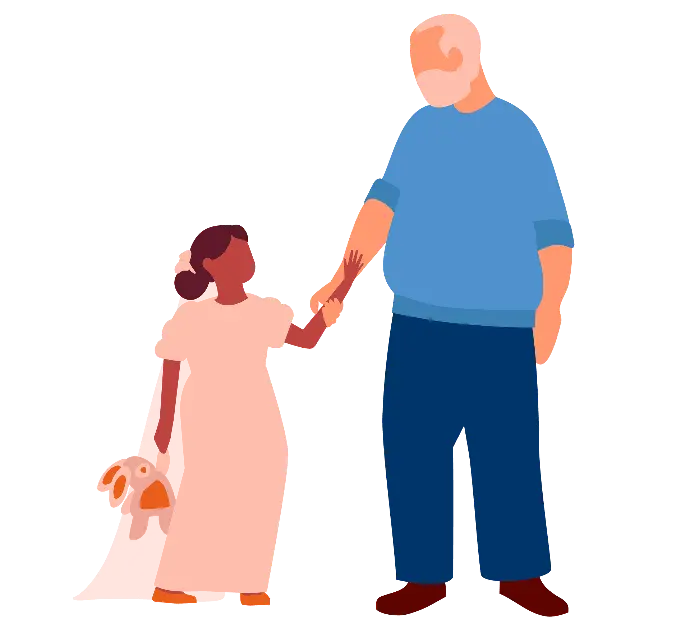
1/5
In 2021, nearly 1 in 5 women aged 20-24 were married before turning 18
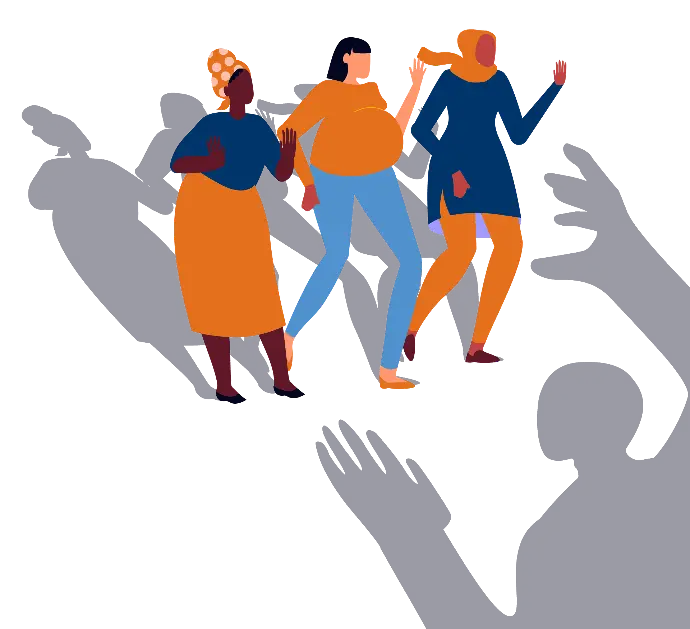
1/3
One in three women have been subjected to violence at least once in their lifetime
One in three women worldwide experience physical or sexual violence, mostly by an intimate partner. Violence against women and girls is a human rights violation, and the immediate and long-term physical, sexual, and mental consequences for women and girls can be devastating, including death.
Violence negatively affects women’s general well-being and prevents women from fully participating in society. It impacts their families, their community, and the country at large. It has tremendous costs, from greater strains on health care to legal expenses and losses in productivity.
Violence against women and girls is one of the most widespread violations of human rights in the world. Many cases occur every day in all corners of the planet. This type of violence has serious physical, economic and psychological consequences on women and girls, both in the short and long term, by preventing them from participating fully and equally in society. The magnitude of this impact, both on the lives of individuals and families and on society as a whole, is immense. The conditions created by the pandemic – lockdowns, mobility restrictions, increased isolation, stress and economic uncertainty – have led to an alarming increase in violence against women and girls in the private sphere and have further exposed women and girls. to other forms of violence, from child marriage to online sexual harassment.





 IHRO NEWS
IHRO NEWS



